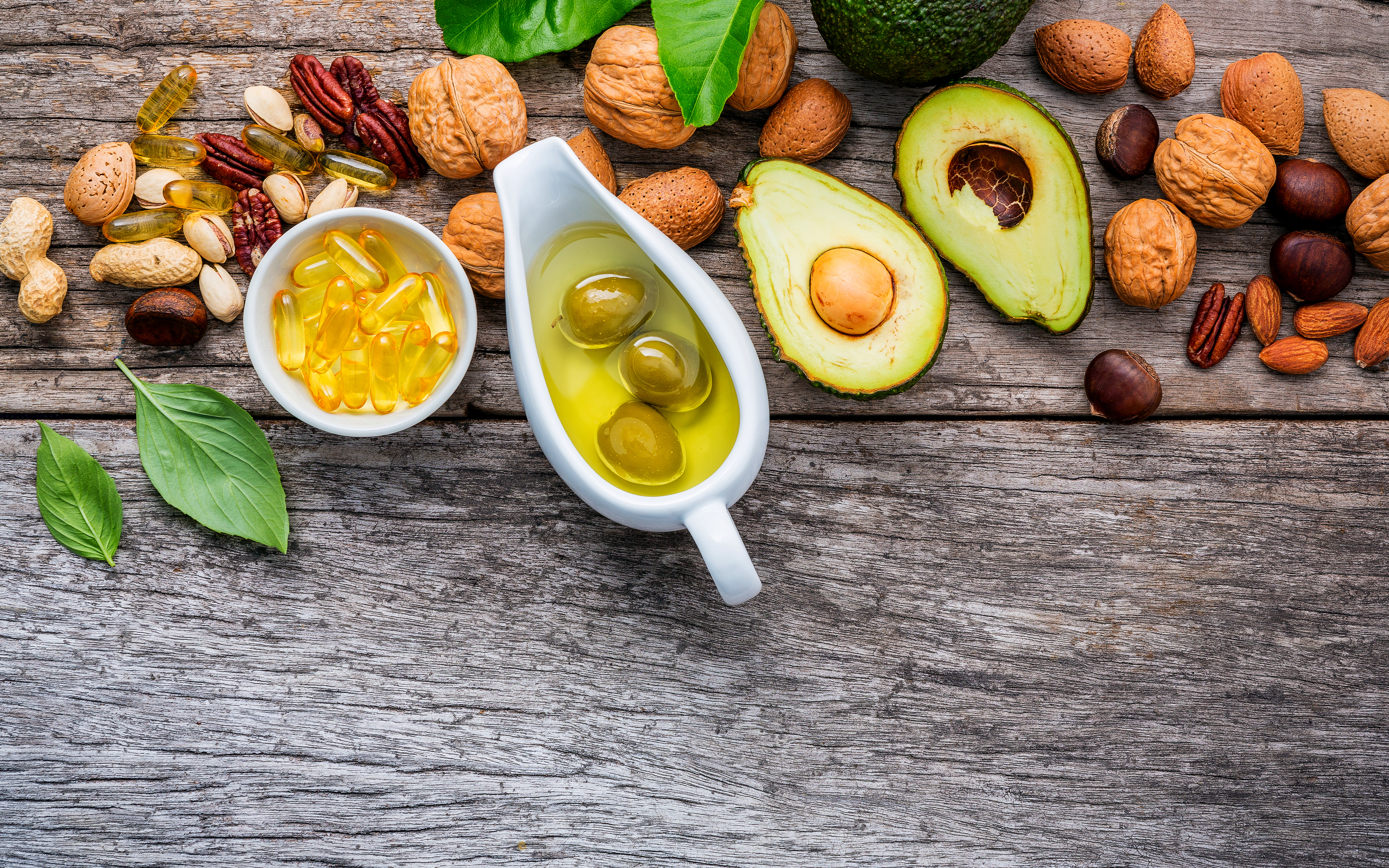Finally Talking About the Menopause Journey
Menopause can feel like a scary word. We know it means the end of a woman’s childbearing years, but what happens in the body during this change, and when? While we often picture a woman who is at least 50, the woman in our mind’s eye is older than the actual age when most women begin the transition. This disconnection makes too many women confused about menopause’s unique phases and symptoms and they may be unprepared for when it truly begins.
Most people would never dream of going on a voyage without a suitcase filled with things they might need. It’s similarly important to prepare for a time when potentially rapid and unpredictably shifting hormone levels can confound everything a woman thought she knew about her body. Although early or medical menopause happens sooner, most women begin the first phase of menopause—called perimenopause—in their mid-40s.1
Hormonal rollercoaster
Women have two main sex hormones: estrogen and progesterone. From the time periods begin, levels of hormones regularly rise and fall, triggering monthly ovulation and periods. During perimenopause, due to dropping hormone levels, menstruation may become irregular: heavier, lighter and more or less frequent. This unpredictability may be accompanied by a wide range of symptoms such as hot flashes, night sweats, sleeplessness, changes in libido, headaches, fatigue or fuzziness, digestive discomfort and emotional disturbance or irritability.1
On top of uncertainty about when the next period or symptom will arrive, the length of perimenopause can range from four to ten years.1 That is potentially a long time when hormonal fluctuations can be challenging to say the least. This is the time to lean into practices that can be anchoring. Sleeplessness is a common symptom that can be enormously destabilizing, but research shows that exercise can help improve sleep quality.2 Incorporating ingredients like Pycnogenol®3 and Soylife®4 that have been found to help reduce hot flashes and ease other symptoms can also provide comfort.
A new era
Once 12 months have passed without a single period a woman officially moves from the menopausal to the postmenopausal phase. At this point symptoms may ease or even go away after a year or two. For others, symptoms may linger.5
While both estrogen and progesterone drop, the reduction in estrogen signals a larger, more permanent shift in the body. Estrogen does play a critical role in menstruation and childbearing for women; however, it also keeps cholesterol balanced, protects bone health and affects brain, bones, heart, skin and other tissues.6 Due to reduced estrogen levels, it’s essential to shift thinking to strategize about what can help maintain a healthy body and mind. Including a nutrient like magnesium can serve multiple purposes supporting cardiovascular, skeletal and mood health while encouraging healthy, restful sleep.7 Similarly, the unique blend of flax, fish and borage oils found in Multiomega 3-6-9 promotes cardiovascular and cognitive support, and may even help to ease menopausal symptoms like hot flashes and night sweats.8
Reimagining the journey
While women may consider different paths to easing symptoms than their mothers or grandmothers did, it’s important to seek support for this transition. Healthcare practitioners may be able to answer questions about changes in the body and utilize tests to measure hormone levels and provide direction on what to do next. Additional supportive options include gentle daily movement, meditation, adding foods like broccoli or flax to the diet and a wide range of science-backed dietary supplements.
Instead of trying to calculate if you’re the average age to be experiencing symptoms, listen to your body. One lesson the body is offering through this transition is to slow down. You may find that getting adequate rest and eating well-balanced meals at regular intervals can better support this new pace. At any of these stages, forming a community to talk to can help you process this momentous change and know that you are not alone. You may see yourself differently before, during and after menopause but know that we’re here to see you through all of it.

About Julie Larson
Julie is a writer, researcher, and educator with an MFA in English who is passionate about poetry and what helps the human body function optimally. Her goal is to empower others in their health journey by helping them make informed choices based on sound research. She believes optimizing the health of our bodies not only allows us to feel better mentally and physically, but also helps to fuel what we really want to accomplish.
*These statements have not been evaluated by the Food and Drug Administration. These products are not intended to diagnose, treat, cure, or prevent any disease.
Sources
- Perimenopause. Harvard Health. Read source
- Effects of Exercise on Sleep in Perimenopausal Women. Explore. Read source
- Supplementation with Pycnogenol Improves Signs and Symptoms of Menopausal Transition. National Library of Medicine. Read source
- Efficacy and Safety of a Soy Isoflavone Extract in Postmenopausal Women. National Library of Medicine. Read source
- Guided Menopause Tool. North American Menopause Society. Read source
- Estrogen. National Library of Medicine. Read source
- Magnesium. Linus Pauling Institute. Read source
- A Trial of Flaxseed for the Treatment of Hot Flashes. National Library of Medicine. Read source



